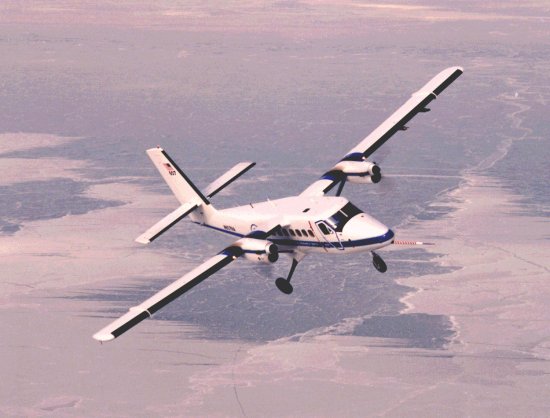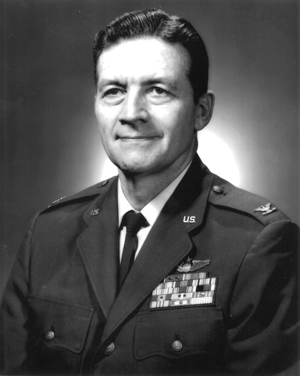I think this is great that they are looking to bring back some form of SBInet and tap into what is currently available on the market to get the job done. There are tons of cool sensors and technologies that folks can use to get the job done, and probably for a whole lot cheaper than what was originally intended.
But the other component of this must be human. You have to have enough folks to respond to all and any incidents out there, and the best sensors and interdiction devices are human brains mounted on two feet. That is why I like the idea of moving more folks near the border and creating FOBs or Stations throughout the border. Get those human sensors called Border Patrol closer to the action. To own terrain, means being on that terrain, and I really don’t think commuting to those areas is the way to go.
I kind of look at this like forest fire fighting, and we had camps strategically located throughout the forests of the West. We have state camps and federal camps, or ‘stations’. Firefighters actually live at these camps during the summers, and these camps keep them close to the action. If the Border Patrol’s ‘forest’ is that border, then they should have stations dispersed properly throughout that border to cover every square inch of that thing.
I should also note that this FOB idea or stations along the border is nothing new. I am sure numerous groups have been screaming for this to happen for awhile. The Arizona Cattleman’s Association even called them FOB’s in their report, as a homage (probably) to the outposts in Iraq and Afghanistan. With the advent of armed smugglers and drug dealers, maybe FOB’s is a more appropriate term for these stations, than just a ‘station’. And with all of these drones and sensors, you gotta have some officers close to the action in order to act on that information and work with the ‘eye in the sky’. –Matt
Edit: 5/20/2010 -Check out this story on SBInet, and why it failed originally.
——————————————————————–
Technology Continues to Flow to Southwest Border
June 2010
By Stew Magnuson
While the Department of Homeland Security conducts a program review of its troubled border fence program, Customs and Border Protection has not stopped deploying new sensors in the Southwest, said a senior DHS official.
The Secure Border Initiative’s technology piece, known as SBInet, was designed to create “virtual fences” along remote parts of the northern and southern borders. The program suffered delays, setbacks and cost overruns for years, but the Obama administration signaled its intent to proceed with the plan and field a second version of the system of sensors, cameras and a communications backbone that would tie them all together. That was before the airing of a 60 Minutes report that repeated the conclusions of several Government Accountability Office and DHS inspector general investigations that said the system did not work as envisioned. Two days before the broadcast, DHS Secretary Janet Napolitano announced that SBInet was on hold and that there would be a sweeping review that would look for possible alternatives to the program.
Nevertheless, the department is continuing to spend money on border technology, CBP Commissioner Alan Bersen told the Senate Homeland Security and Governmental Affairs Committee. The agency has spent $50 million of American Recovery and Reinvestment Act money to deploy proven surveillance systems along the border. The bulk of that, $37 million, has been used to purchase several mobile surveillance systems — a suite of sensors mounted on a rugged truck that can be driven to hotspots along the border. The Border Patrol has also received $12.3 million to spend on thermal and backscatter imagers. CBP’s Air and Marine division has received $4.5 million to buy thermal imaging and other cameras for its boats and aircraft.
The key difference is that these are “commercially available, stand-alone” technologies, Bersen testified. No money has been allocated for networking the sensors into a larger communications system.
Story here.
——————————————————————
FAA OKs Drones For Texas Border
May 17, 2010
By Mary GradyThe FAA has approved a Certification of Authorization (COA) for an unmanned aerial vehicle to patrol a portion of the U.S.-Mexico border extending from Arizona to the El Paso region of Texas effective June 1. This is one of two COAs that have been submitted to the FAA seeking approval for UAV flights along the Texas-Mexico border.

